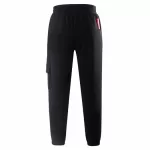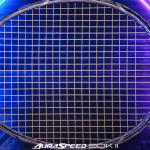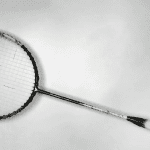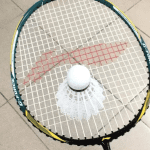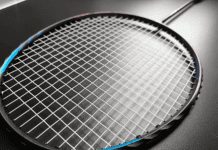
Badminton Racket VICTOR AURASPEED HS PLUS Reviews
Since its birth, AURASPEED series has always been pushing forward in the direction of more refined speed. Starting from the first high-end 90S, which pursues extreme consistency and speed, AURASPEED series has continued to satisfy more diversified performance needs in real confrontation and design accordingly, forming racquets with specialised tuning in each direction. In addition to the orthodox series named after the number series, there is also an unorthodox branch series starting with the 98K, whose performance has also been recognised by different players.
Among them, the AURASPEED has always had a great popularity and recognition since its launch, and it seems to have become the most common denominator of the needs of the majority of players, and at one time, the Supersonic has also become the racket used by professional players in the international arena. Supersonic has been upgraded based on the concept of the Blue Factory and launched the HSplus at the beginning of the new year, along with Hendra and Prannoy, making this successor model earn a lot of heat. I believe that many players, including this author, are also interested in what kind of in-depth interpretation of ‘speed’ will be made by VICTOR this time.
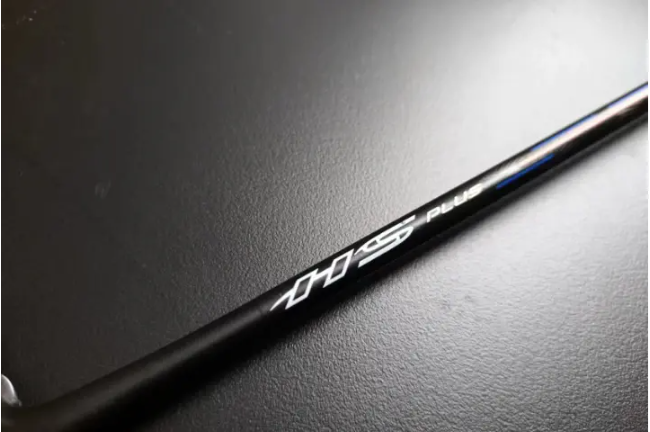
Parameters: 4UG5, de-bottomed, 88.21g in used condition, 305mm balance point, 218mm centre pole length, stiffness, power wind breaker frame, 76-hole wire bed, 9-3 point wire slot, 28lb warranty, threaded 26-28lbs VBS66N.
AURASPEED’s youthful appearance had impressed me a lot, but AURASPEED has changed its colourful and gorgeous style to a cool and low-key one. The frame is very thin and sharp, clever is the frame 2, 10 o’clock direction of the outside of the diagonal speed line to make the whole beat of the harsh sense of up a notch, does have a sense of like a fighter jet power to break the sound barrier, and a small amount of blue and red is more like the fighter’s own signal light. In this way, the whole racket uses a symmetrical design language with a sense of steel, and the theme is very prominent, I just don’t know if the huge difference with the HS design style can be accepted by golfers.
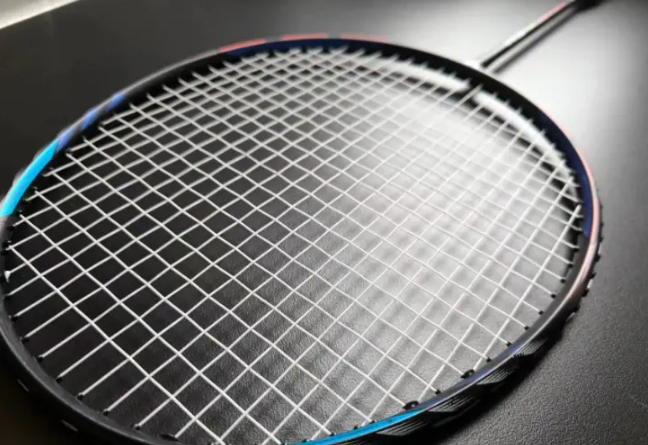
The changes aren’t limited to the paint job, with the addition of the Power Ring and WES 3.0 giving the HS plus more possibilities in the downswing, while the overall stiffness has been adjusted upwards to improve the ball response and feedback of the original HS, and the mid-range has been upgraded to the same Victor torsion-resistant system as the flagships, such as the 90K. From this point of view, at least in terms of segmentation, HS to HS plus is at least a sub-flagship to flagship upgrade.
In my opinion, the deeper meaning is that I believe many sharp-eyed players have already seen the deconstruction of the rounded head, and the HS plus is indeed another speed racket with a small frame since the Extreme 10, which is very meaningful.
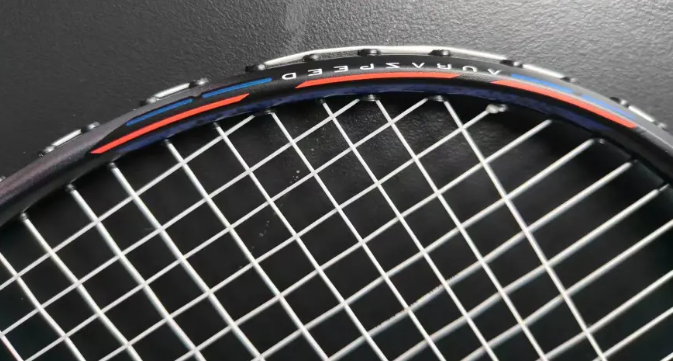
In this way, the HS plus is even faster. Even though the swingweight is not low, the extremely low wind resistance of the frame allows the user to swing with a sense of speed that is infinitely close to that of the 90S, which can be described as extreme. However, the HS plus has a stiffer centre pole, a stronger overall feel, and a very fast start-up and unloading braking process, as if it were a turbofan engine with a very high thrust-to-weight ratio, which could break the sound barrier at any time when mounted on an aircraft and given a boost. This kind of ‘fast’ even in the author’s first hand when the trouble of frequent hitting the frame, directly to the small racket frame small racket surface ‘characteristics’ to reflect, to say is more or less a little embarrassing.
After getting used to the speed of the swing, I fell in love with the feel of the HS plus. Because of the short lead time, I had more time to find the right spot to hit the ball, and I had more confidence to make every shot.
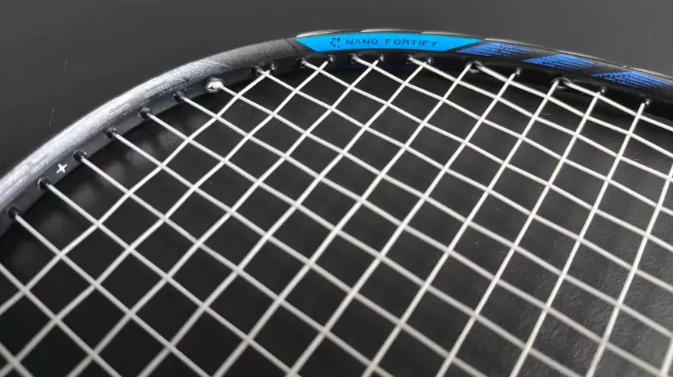
At the same time, the HS plus is really much stiffer, and in the same system of speed rackets its hardness is directly comparable to the Extreme 10, and in most occasions the feedback from hitting the ball is very similar to that of the 90K, like a refinement left after the sugar of AURASPEED has been sufficiently discarded. This makes the HS plus even more aggressively difficult to handle, and a detour is recommended for players who are not yet proficient with their launch technique.
However, the result is a smooth and consistent feel that gives the HS plus an ‘all-time favourite’ draw performance. I’ve never felt like I was being dragged by the racket in my hands during the first half of an extremely tightly-paced, white-knuckle match, as if the racket had become an extension of my hands, a nerve ending in my limbs, with the speed of the racket’s face coming into place in sync with my brain’s reaction time and my mind subconsciously rising to meet the second racket as soon as the first one came out. Such a flat blocking situation is neither under my control nor under the control of my opponent, but under the control of HSplus.
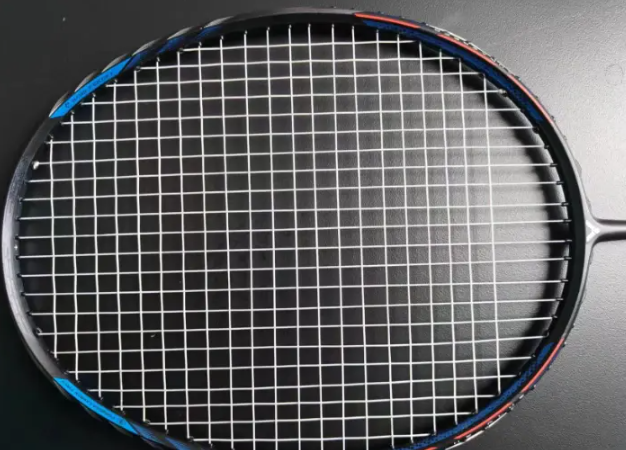
Does that speed come at the cost of lost offensive ability? Not at all. Not surprisingly, AURASPEED’s more pronounced head weight provides more borrowed power in the backcourt to make it easier to perform downward pressure, and the HSplus can do even better in the hands of golfers with mature launching skills.WES 3.0 allows for a greater amount of deformity in the mid-range during big shots, while at the same time making power transfer more efficient, making it easier for explosive users to hit extremely penetrating shots, The middle shaft has a greater deformity during the power stroke and a more efficient power transfer. Using the fingers as the final point of the whip, the HSplus often produces a mesmerising pop.
It is important to note that while the exaggerated feel of the blow is very easy on the head, it is also easy to lose the angle of the ball if the power is not short enough or the point of the blow is not enough to produce the effect of WES when you are not in good physical condition.
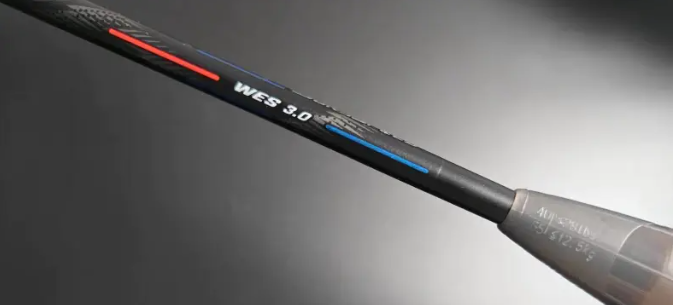
Of course, the overly sensitive string bed of small racket frames also tends to cause high bouncing when handling small balls, which puts a higher demand on the user’s technique to always pay attention to the standard of rubbing and releasing movements in the game at the net. Perhaps by replacing the strings with rougher, more ball-holding strings, this phenomenon can be effectively mitigated.
What is certain is that there is a difference in direction between the HS and the HSplus. When I used the 3UHS, I found the stability of the racket’s output in the backcourt more impressive than the feel of a flat, fast block, while the HSplus seemed to give me the ultimate in consistent speed, which is more like the concept of the 90S. At the same time, the plus’s larger drop angle, smaller frame size, and stiffer middle of the court ensure that the absolute speed of every shot from the back of the court is an effective threat to your opponent, making it a great doubles weapon that sticks to the speedy attack.
It’s like being ready for an AURASPEED fight.

